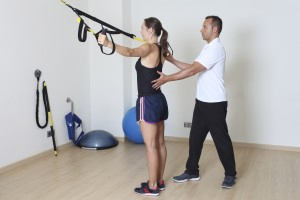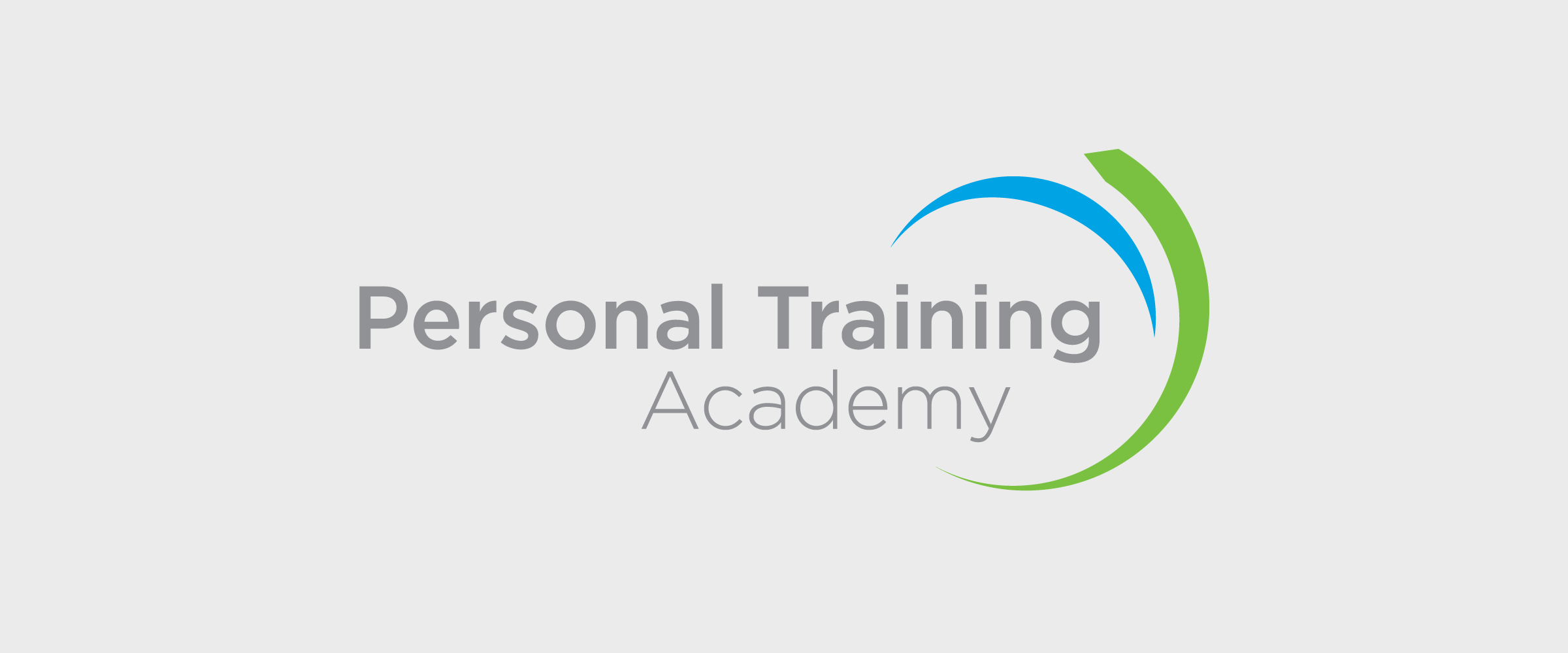
The Network article mentioned studies performed with EMG (Electromyography) technology and did a brilliant job at pointing out that while it is a highly effective research tool, it does have some limitations. This got me thinking; hmmmm, that kind of sounds like exercise itself! While it’s a highly effective tool for health and wellbeing, it does have some limitations.
One of those limitations is people’s ability to perform exercise – and can I just mention here that I am referring to the skills required for exercises performed on a gym floor. A lot of your clients will not have the ability to move with the ‘perfect’ technique. This could be due to a number of different reasons: physiological reasons (their body may not be able to move in that way), lifestyle reasons (lack of sleep, hydration), emotional reasons (stress, depression, anxiety, fear), motivational reasons (do they even like the exercise you’ve programmed for them)?
There are now numerous studies talking about the efficacy of suspension training with regards to core strength. Listed from the Network article are studies from McGill 2014, Snarr 2013, Esco 2013, Snarr and Esco 2014 and Mok 2014.
There are also studies that relate TRX Suspension Training exercises to traditional strength exercises. Two of these are:
- Mate-Munoz et al. Effects of Instability versus Traditional Resistance Training on Strength, Power and Velocity in untrained men. Journal of Sports Science and Medicine issue 13, 460-468. (2014)
- Corbonnier A., Martinsson N. Examining muscle activation for Hang Clean and three different TRX Power Exercises. A validation study. Biomedicine Athletic Trainining Halmstadd University Sweden. (2012)
Both of these studies showed that TRX Suspension Training was a valid training tool for complementing traditional strength and power training exercises for athletes, or a substitution for novice athletes. The main takeaway idea here is yes, there is evidence-based practice to back up the effectiveness of TRX Suspension Training. The Mate-Munoz study does go on to reinforce that specificity is key. If you want to get better at bench press, then, do bench press. But, can you take a bench travelling with you? Or to the park?
Let’s look at the other side of the coin – what we call practice-based evidence. This means evidence gained through practical real-life experience. The evidence shows that the TRX Suspension Trainer allows us to easily regress and progress movement for our clients.
The easiest regression to look at here is a squat. Think about your clients, or maybe even yourself. Do they squat well? Honestly, before you give them the six-week training program on squat technique, do they squat WELL? The TRX Suspension Trainer allows us to unload some of the mass from their lower body and we can start to look at actual squat mechanics. We can improve their skill acquisition for that movement by sharing some of the acceleration force of gravity with the upper body (let’s call that the upper body spotting the lower body). We can help improve their mobility in that movement and as best we can, we can help our clients understand what a good ‘squat’ feels like with the right structures doing the right jobs at the right time.
Let’s take a look at a progression. The TRX Push-Up. Firstly, your feet are now somewhere between 3 – 6 inches (75 – 150 mm) off the ground. This will straight away impose a different demand on your system. There is a small amount of instability. Not so much that it ‘scares your system’, but enough to make you recruit more tissue fibres, as per the research cited by Network. To top all of this off, there’s the cueing that we use at TRX. It ensures our clients are performing the move as precisely as they can. The cueing system is not found on You Tube, so if you want to learn them please come and do a TRX Course! A well-performed TRX Push-up is a massive progression from the traditional floor based movement, imposing a LOT more demand on your entire system.
In terms of practice-based evidence for mobility, this tool is very powerful. We can place appropriate amounts of discomfort free, unloaded movement into joints that would otherwise not be able to handle it due to pain or stiffness. We can help people MOVE BETTER. This ability to improve mobility is now so well recognised that we have included a whole new Mobility section into our new TRX Suspension Training Course.
Thank you to the Team at Network for bringing this topic up! A big thank you to Dr Mark McKean for writing such an informative article and I particularly like one sentence in your summary: “No studies have reported injuries or negative effects to date”. If we could do just that with our clients – train them safely and effectively without injuries or negative effects – then you as a coach will help your clients in the pursuit of better.
